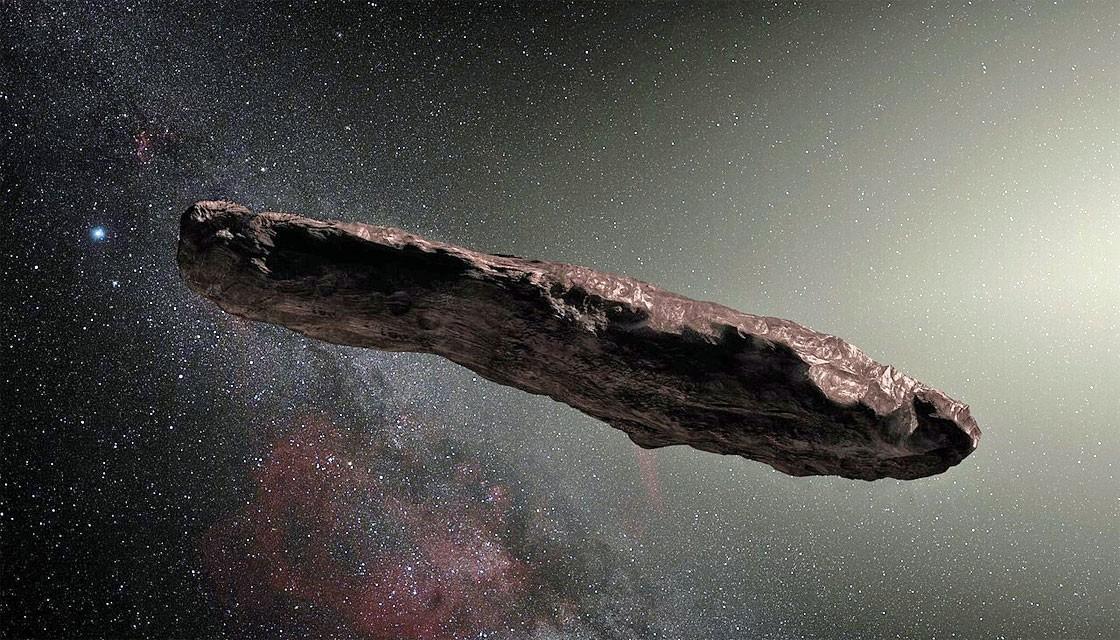7667766266
enquiry@shankarias.in
Why in news?
Scientists solved the mystery of the small, dark red cigar-shaped object that shot across cosmic neighbourhood late last year.
What is Oumuamua?

How astronomers found the object to be a comet?
How Oumuamua differs from other comets?
What are the insights from this findings?
Source: The Indian Express